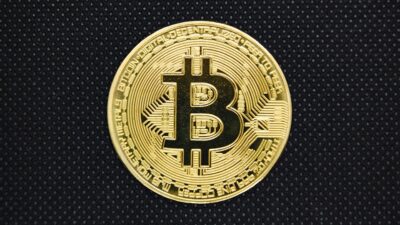In recent years, the financial landscape has undergone a seismic shift, propelled by the advent of decentralized finance (DeFi). This innovative movement, rooted in blockchain technology and cryptocurrencies, promises to reshape the banking sector as we know it. No longer tethered to traditional intermediaries, consumers and businesses are embracing a new era of financial autonomy and accessibility. But what exactly is DeFi, and how is it transforming the world of banking?
Understanding Decentralized Finance
Decentralized finance refers to a broad ecosystem of financial applications built on blockchain technology, primarily using cryptocurrencies and smart contracts. Unlike traditional finance, where a centralized authority—such as banks or governments—controls the flow of money and assets, DeFi operates on decentralized networks, allowing peer-to-peer transactions without intermediaries.
Key characteristics of DeFi include:
-
Permissionless Access: DeFi platforms are typically open to anyone with an internet connection, eliminating the barriers to entry that characterize traditional banking systems.
-
Smart Contracts: These self-executing contracts automate transactions when predefined conditions are met, enhancing security and trust.
-
Transparency: All transactions on blockchain networks are publicly accessible, providing a degree of transparency and accountability that traditional banks often lack.
- Interoperability: Many DeFi protocols can communicate and work with one another, allowing users to create custom financial solutions.
The Transformative Impact on Banking
1. Disintermediation
One of the most significant impacts of DeFi is its ability to disintermediate financial services. By removing intermediaries, users can engage in lending, borrowing, and trading directly with each other. This not only reduces costs—eliminating fees associated with banks—but also accelerates transaction times, often from days to minutes.
2. Increased Financial Inclusivity
DeFi platforms provide access to financial services for the underbanked and unbanked populations. With just a smartphone and internet access, individuals in developing countries can engage in financial activities, such as obtaining loans or investing, which were previously out of reach.
3. Greater Innovation
The open-source nature of DeFi fosters innovation and experimentation. Developers can build on existing protocols to create new financial products, ranging from stablecoins to yield farming and decentralized exchanges (DEXs). This environment encourages diverse offerings and risk-sharing among users.
4. New Asset Classes
DeFi has introduced new asset classes, such as non-fungible tokens (NFTs) and decentralized autonomous organizations (DAOs). Users can invest in unique digital assets or participate in governance procedures without relying on traditional corporate structures. This revolutionizes how we think about ownership, investment, and community engagement.
5. Risk Management and Hedging
DeFi platforms have made sophisticated financial instruments available to everyday users. Options and derivatives can be utilized to hedge risks, while liquidity pools allow users to earn passive income by lending their assets. This democratization of financial tools empowers users to take greater control over their financial destinies.
Challenges and Drawbacks
Despite its many advantages, DeFi is not without its challenges. The space is still relatively nascent, posing potential risks such as:
- Regulatory Scrutiny: Governments worldwide are grappling with how to regulate DeFi, which may impact its growth and adoption.
- Security Risks: Smart contracts are only as secure as their code. Vulnerabilities can lead to hacks and the loss of funds.
- Volatility: Cryptocurrencies are notoriously volatile, which could pose risks for users engaged in lending and borrowing.
The Future of Banking in a DeFi World
As DeFi continues to mature, it is likely that traditional finance will not only adapt but also integrate decentralized principles. Financial institutions may explore collaboration with DeFi projects or develop their own decentralized solutions. The future may see a hybrid model where the security and trust of traditional banks coalesce with the efficiency and accessibility of decentralized systems.
In conclusion, the rise of decentralized finance marks a pivotal moment in the evolution of banking. By harnessing technology to create a more inclusive, efficient, and transparent financial ecosystem, DeFi is challenging the status quo and offering new possibilities for individuals and businesses alike. As this paradigm shift continues to unfold, it will be fascinating to observe how traditional institutions respond and the new opportunities that will arise in this dynamic landscape.



